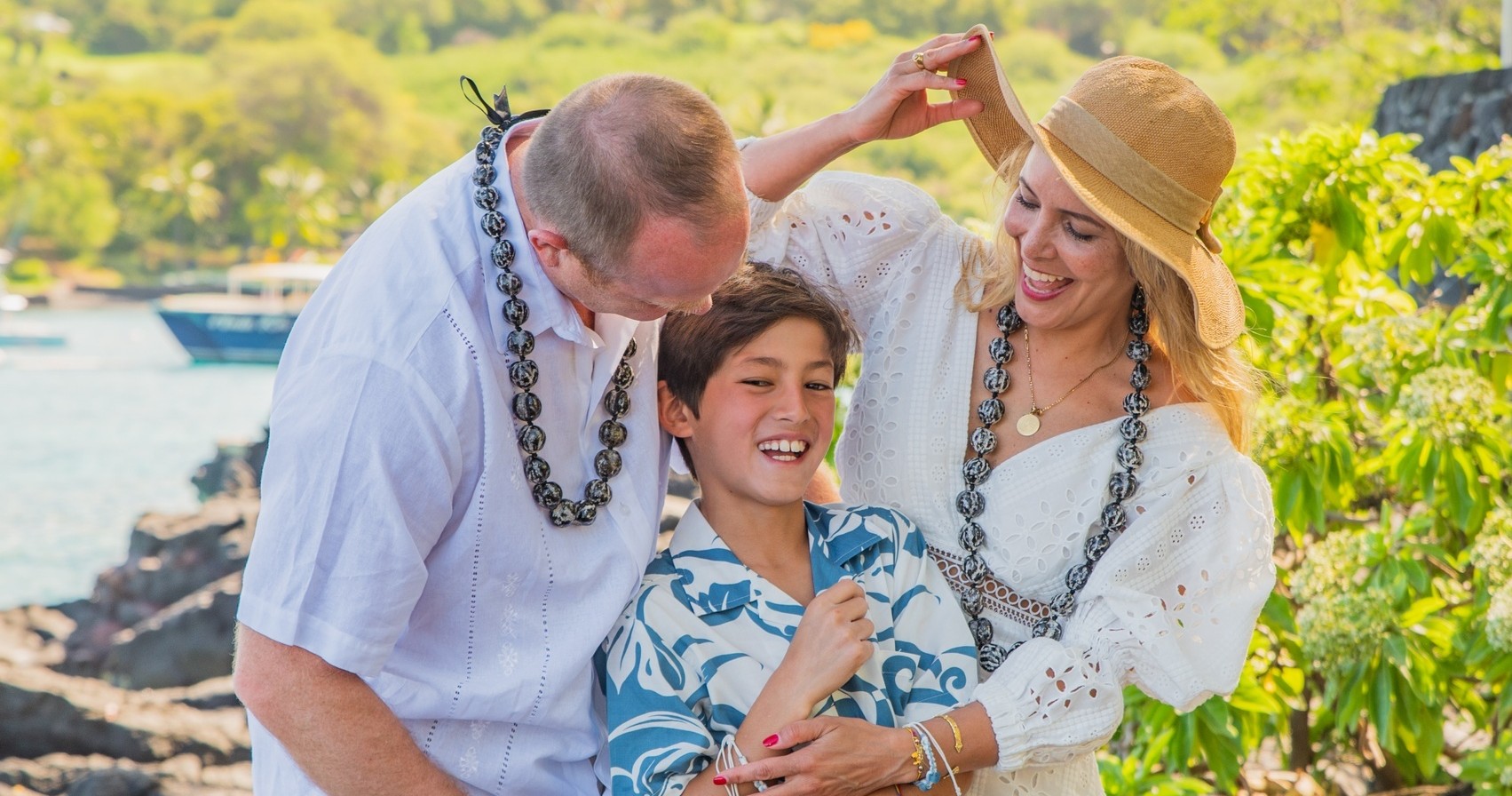
「Minivan Arrival」Honolulu Airport ⮕ Waikiki Hotels Exclusive Transfer
Family Photography Pros Oahu • Service • Honolulu • Oahu
.BI9EyP8f_2sEdzM.webp)
Understanding Polynesian Tattoo Styles

Written by a Local Expert
Jade KawanuiWhile the term "Polynesian tribal tattoo" is often used as a catch-all, it masks the rich diversity and unique identity of distinct tattooing traditions across the Pacific. The revival of Hawaiian kākau uhi has brought a renewed focus on understanding these differences. While sharing a common ancestral root in the ancient Lapita culture, the tattoo arts of Hawaiʻi, Samoa, and Aotearoa (New Zealand) evolved over centuries into highly specialized, culturally specific art forms. To appreciate kākau uhi is to recognize its unique place within this magnificent tapestry.
Hawaiian kākau uses hand-tapping with mōlī (comb) and hahau (mallet). The visual style features asymmetrical, geometric patterns often copying nature (like niho mano - shark teeth, woven reeds). There's less emphasis on large, solid-black areas. Culturally, it marks genealogy (moʻokūʻauhau), protection (ʻaumakua), social status, and personal responsibility (kuleana). It's a visual record of one's identity and story.
Samoan tatau also uses hand-tapping but with a larger, more extensive set of tools. The designs are dense, intricate, symmetrical geometric patterns covering large body areas (waist to knees for men). It represents a profound rite of passage into adulthood, signifying commitment and service (tautua) to family (aiga) and community. It's a mark of immense cultural pride and courage.
Māori tā moko historically used skin carving with uhi (chisels), though now often uses tattoo machines. The style features curvilinear designs, intricate spirals (koru), and flowing lines unique to the individual's genealogy (whakapapa). Facial moko is most prominent. It's a visual representation of one's whakapapa (genealogy), tribal affiliations (iwi), social status, and personal life achievements. It's a declaration of identity.
While sharing a common ancestral root in the ancient Lapita culture, the tattoo arts of Hawaiʻi, Samoa, and Aotearoa evolved over centuries into highly specialized, culturally specific art forms.
Each tradition represents thousands of years of cultural evolution and spiritual significance. When we understand these differences, we develop a deeper appreciation for the artistry and sacred meaning behind each style. This knowledge helps us avoid cultural appropriation and instead approach these traditions with the respect they deserve.
The revival of Hawaiian kākau uhi has brought renewed attention to preserving the distinct identity of each Polynesian tattoo tradition. Rather than blending them into a generic "tribal" style, practitioners like Suluape Keone Nunes emphasize the importance of maintaining the specific cultural context and meaning of each island's unique heritage.
The sound of ancestors
History of Kākau UhiFrom light to shadow and back
The Sacred ProcessTraditional ceremony steps
Current page
Carrying the torch forward
Cultural RespectAppropriation vs appreciation
Visitor GuideHow to learn respectfully
Hawaiian Kākau
Genealogy & personal story
Samoan Tatau
Rite of passage & service
Māori Tā Moko
Tribal identity & achievements
"Polynesian tribal" is not a single style - each island culture has distinct traditions with unique meanings and techniques.
Respect the differences between these sacred traditions.

Family Photography Pros Oahu • Service • Honolulu • Oahu

Family Photography Pros Oahu • Service • Honolulu • Oahu
